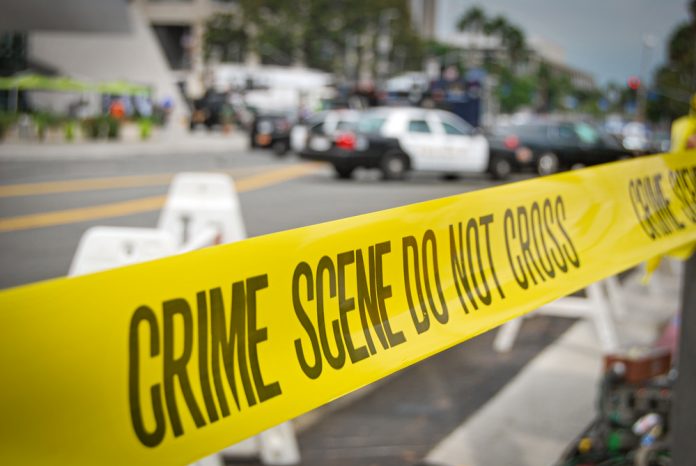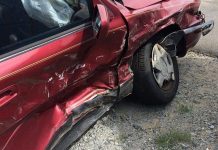According to the World Health Organization (WHO), road accidents are responsible for at least a million deaths and between 20 to 50 million injuries every year.
But despite these staggering numbers, most parties involved in vehicular accidents lack the know-how when it comes to navigating the immediate aftermath of a car crash scene.
If you’ve been involved in a car accident and do not know what to do, the other party you’re up against may take advantage and claim you’re the negligent party just to avoid or reduce their liability.
Now, before you look for a car accident lawyer, you must first be aware of the legalities that surround car accident cases, including the appropriate steps that must be taken immediately after the accident.
Table of Contents
Establishing Liability
Negligence—in different forms—is the most common cause of car accidents. But to establish your right to compensation and prove the other party’s liability, the following elements should be present and must be proven:
- Duty – the other party must owe you a duty of care to practice reasonable caution based on applicable laws.
- Breach – negligence or breach of duty (to drive safely) must be proven.
- Damage – the resulting damage or injury must be related to the other party’s negligence.
- Causation – the damage must be an effect of the other party’s negligence.
An example of this is a driver who caused a road accident after texting while driving. Most traffic laws enforce safe driving (duty) and using a phone while driving is prohibited, which makes the act a violation (breach) of duty. If the accident led to collisions (causation) with subsequent injuries and damages on multiple other drivers and vehicles (damage), there’s likely a strong case that will indicate the driver who was texting while driving as the liable party.
The Best Steps To Take When Proving Liability
Do Not Admit Fault On The Scene
Any personal injury lawyer will tell you never to admit fault on the scene of the accident or you’ll be very likely to lose the case before it even starts. Even if you think it’s probably your fault, remember that there could be other causes you may not be aware of. Stick to the facts and stay calm and polite. Avoid engaging in emotionally charged conversations that will only escalate the tension. If you feel unsafe, call the authorities if they’re not on the scene yet.
Collect Detailed Information
You’ll understandably feel shaken when you’re in a car crash scene. But as soon as you’ve calmed your nerves, start taking clear pictures of the scene, especially the extent of the damage. Take note of the date and time of the accident, including the weather and driving conditions.
Don’t forget to take photos of street names and any relevant road signs nearby. Most importantly, exchange contact information with the other parties and write down or take a photo of their license plate numbers. Ask witnesses for their names and contact details too.
Get A Medical Assessment
First responders typically arrive on the scene within minutes. But even if you think you’re unscathed or you’ve only sustained minor injuries, make sure to submit yourself to first aid. Keep in mind that collision injuries may take days or weeks to appear. If you wait before securing a medical evaluation, any hidden injuries you may have sustained could either disappear (which will reduce your evidence) or get worse, especially if you develop blood clots.
You’ll also need a medical report to prove the injuries caused by the accident. If you feel you need a more thorough medical assessment than the first aid you were given, visit the nearest hospital as soon as you’re allowed to leave the crash scene
Research Traffic Laws
If you’re not familiar with the traffic laws in the location of the accident, you must do your research as soon as possible to get an idea of where you stand. There are types of accidents that increase the liability of certain parties, and knowing which one you’re in can serve as the guide to your next move.
Build Your Evidence
Using the materials and information you’ve collected in the scene and afterward, you can start building a case with primary and secondary evidence.
The following can be considered evidence:
- Admission of fault by an involved party
- Videos and photos
- Medical records
- Testimonies from witnesses or experts
- Criminal conviction of the other party at the time of the accident
Don’t forget to secure hard and soft copies of the above documents for your safekeeping.
File Reports
If the police didn’t arrive on the scene, you’ll have to submit a report either online or in person. If you’ve managed to compile useful evidence, include everything in the report you’ll submit to the police and inform your insurance provider of the same. Ask to see the reports so you can check for accuracy and request an amendment if corrections are needed. A detailed police report may also help you avoid a denied insurance claim.
Retain A Lawyer
If you’d like to bring the case to court, hiring a reliable lawyer will help you through the complex processes involved, from gathering evidence to proving the other party’s liability in front of a jury. But even if you’re partially liable, you may still seek compensation with the help of a competent lawyer.
Conclusion
Proving fault in a car accident is often complex and at times, almost impossible. But by being observant and detailed, and with the help of a lawyer, you can strengthen your defense and build a strong case against liable parties.
Students of Lawsikho courses regularly produce writing assignments and work on practical exercises as a part of their coursework and develop themselves in real-life practical skills.
LawSikho has created a telegram group for exchanging legal knowledge, referrals, and various opportunities. You can click on this link and join:
Follow us on Instagram and subscribe to our YouTube channel for more amazing legal content.










